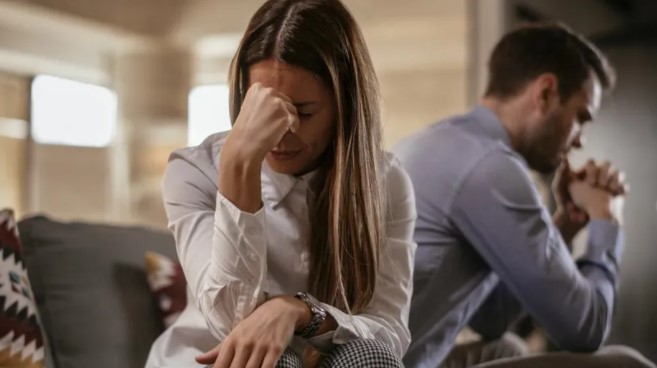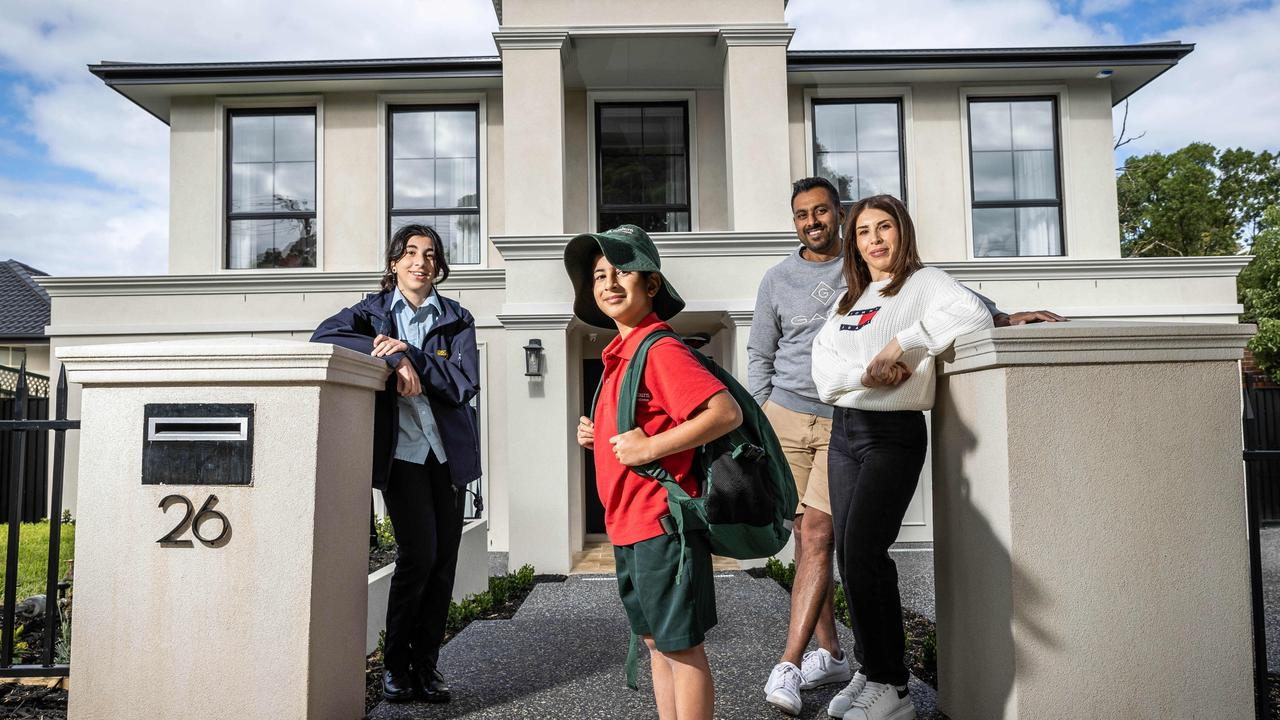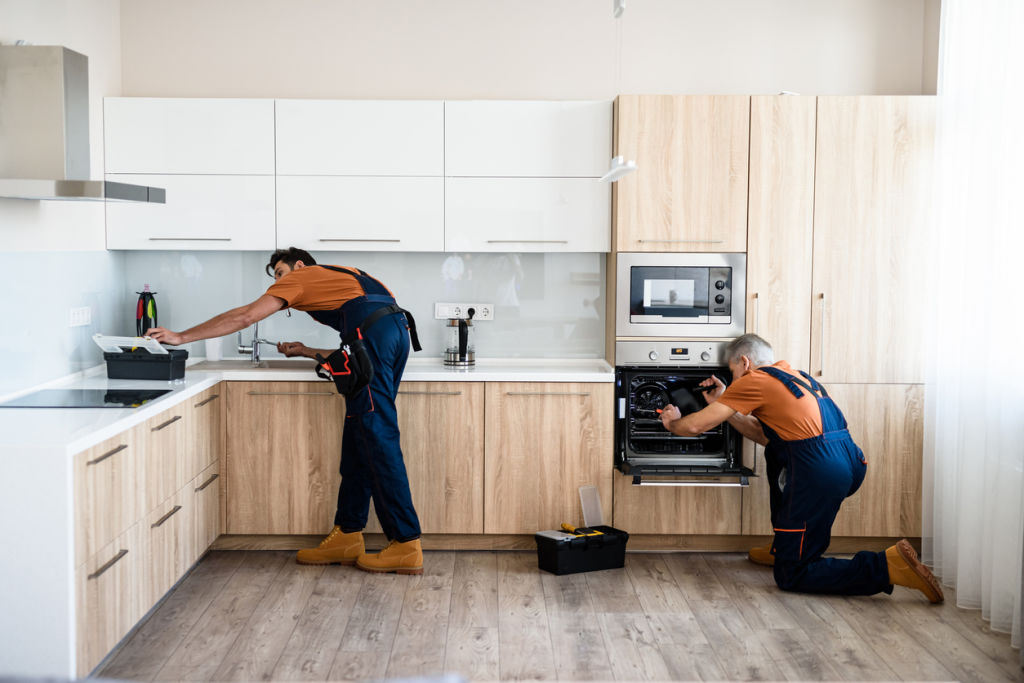End of JobKeeper stimulus to put pressure on homeowners
The most important factor in enjoying continued property prosperity is keeping your job.
Without the income to pay back the lender, ownership of your home is at risk. It doesn’t matter how low the mortgage rate is.
And the property price is also at risk when selling under the pressure of having lost one’s job.
We are at a crucial point in the post-pandemic economic cycle, where jobs face uncertainty following the end of JobKeeper.
Workers on the government wage subsidy peaked at 3.6 million out of a workforce of around 13 million. By the time the scheme ended on March 30 this was down to about 1 million.
The Treasury estimates that up to 150,000 people who were supported by JobKeeper could end up unemployed, while other workers will lose hours.

More than 3.6 million people were on JobKeeper at one stage. Picture: NCA NewsWire / Dean Martin
Most homeowners will do anything possible to keep the family home. And bank directors and their executives won’t want the opprobrium of being dragged down to front parliamentary committees to explain why they are kicking families out onto the street.
I was reminded of the precarious economic tightrope when I asked for some sale details from an estate agent about what I sensed was a weak recent investment apartment sale.
The quick loss-taking sale in March did sell above its price guide, but it was at 10 per cent less than comparable prices achieved in the same apartment block earlier this year.
The selling agent advised that the vendor had lost their job as a result of the pandemic and was in a hurry to cash in. It was noteworthy that the vendor was in charge of the disposal. And also that it is an investment property, not the family home.
We have seen a big change from the last recession, in the higher rate of investment property ownership, so more of those who lose their jobs in the current scenario, will have the comfort of keeping the family home.
But over the past few decades the connectivity between unemployment and home ownership preservation has tended to have been forgotten given the absence of high unemployment since the early 1990s. In February the national unemployment rate was 5.8 per cent, while the underemployment rate was at 8.5 per cent.
NSW has been fortunate in that its unemployment rate going into the pandemic was around its lowest level in a decade, and it now sits at 5.6 per cent.

Around 30 per cent of Australian households own their home outright. Picture: David Swift
Across the nation, the figure ranges from 4.1 per cent in the ACT to 6.1 per cent in Queensland and 6.8 per cent in South Australia.
The shift towards casualisation is another key factor that is different from the early 1990s recession and a likely cause for concern for home ownership aspirations.
Uber ranks as one of Australia’s largest employers, with its total workforce exceeding 120,000, against more traditional employers like the Commonwealth Bank, Woolworths and Coles. It is also worth remembering that not every Australian has the same level of risk when it comes to housing and debt.
Around 30 per cent of Australian households own their home outright.
Originally published by realestate.com.au
By Jonathan Chancellor




